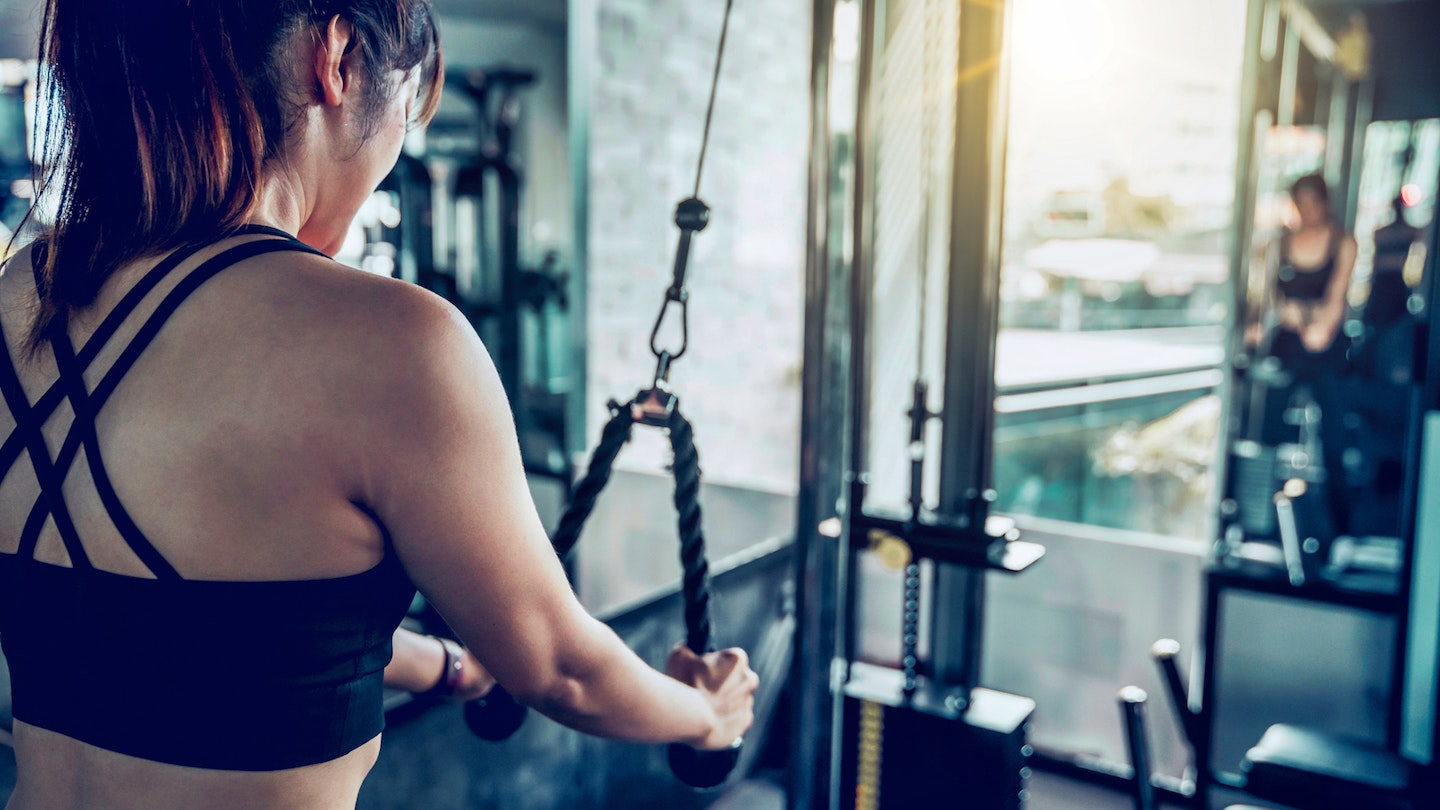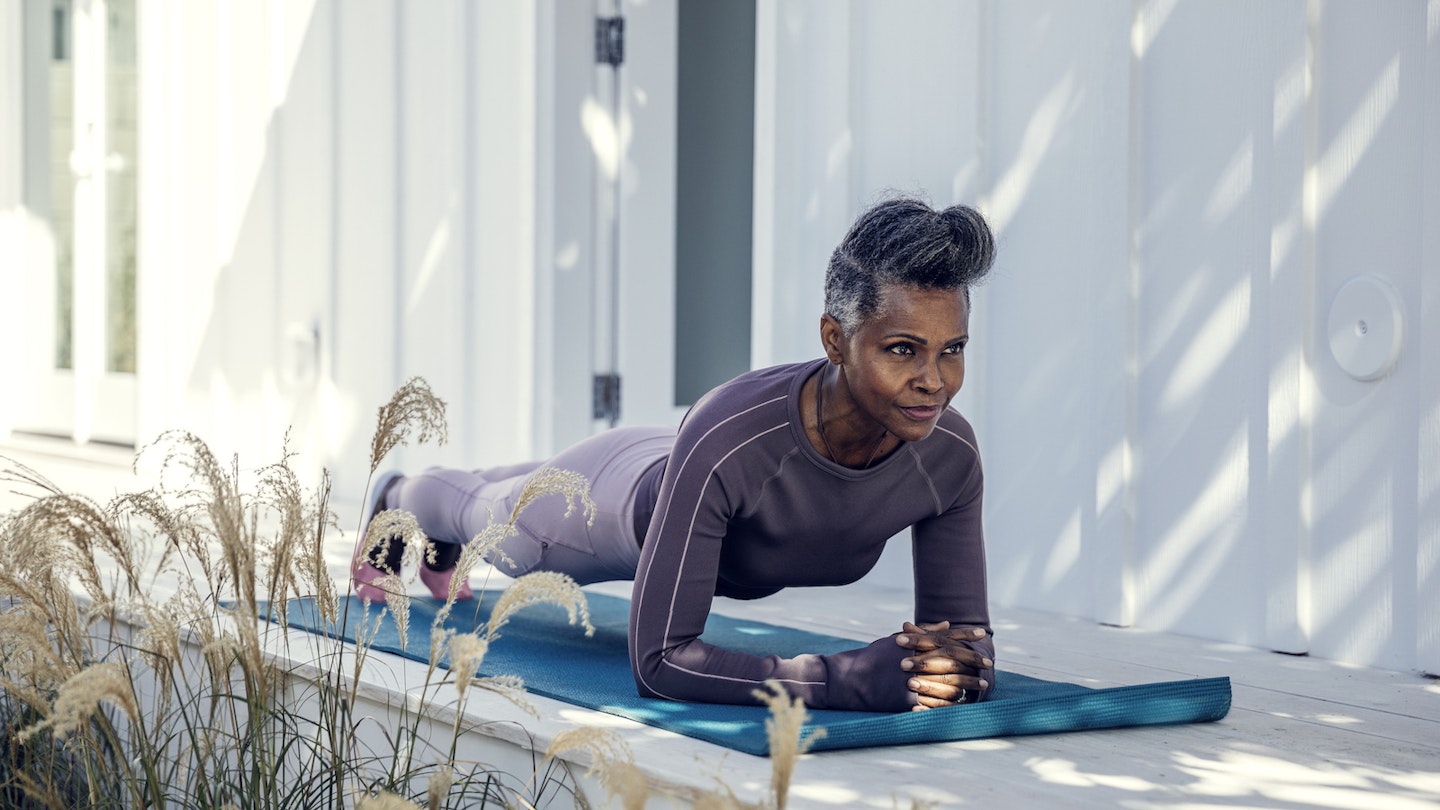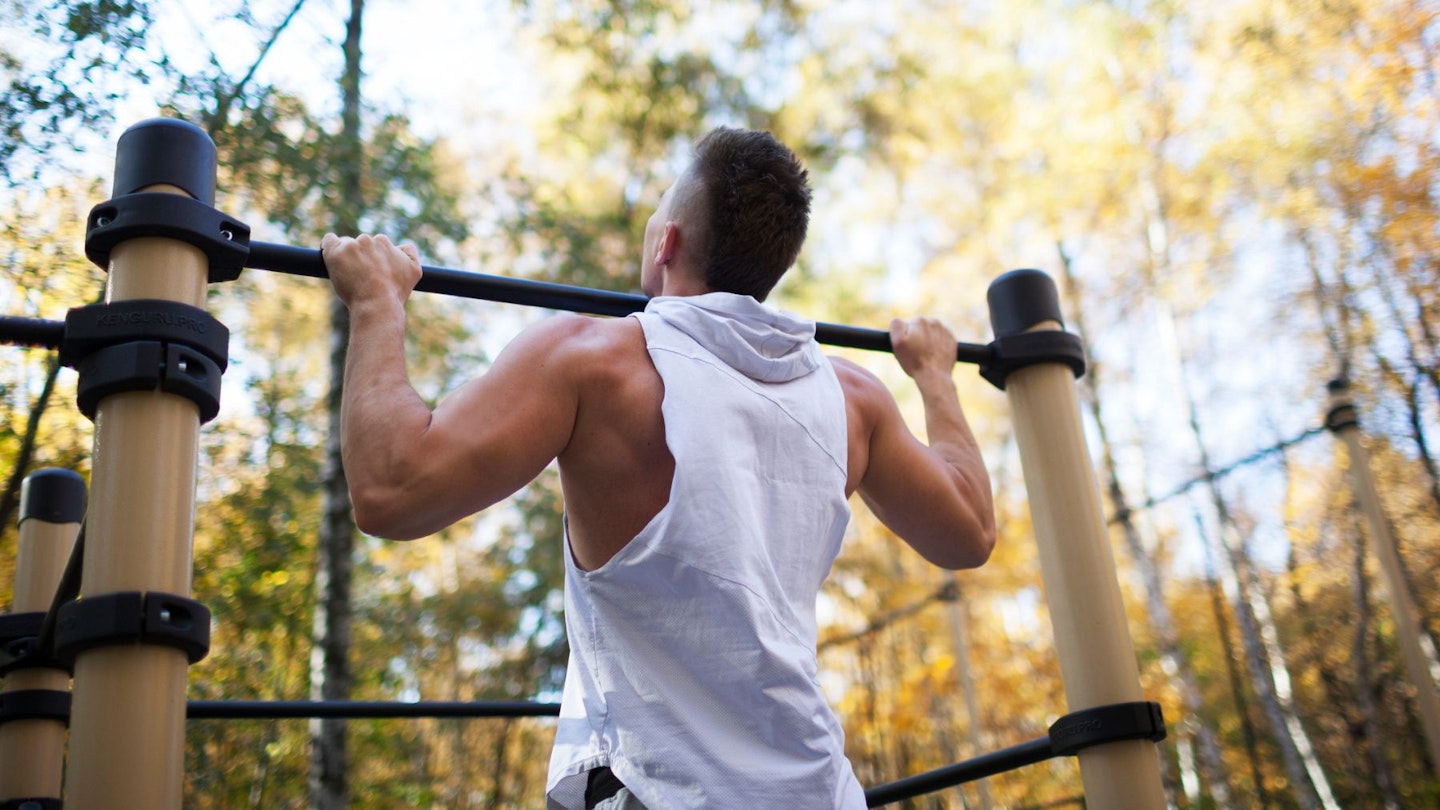The warmth of summer and the long summer days have gone, and have made way for the darker and shorter days of autumn and winter. You might have heard of Seasonal Affective Disorder (SAD), but do you know how to tackle it? Fortunately, there might be a solution: heading for a workout in (home gym or otherwise) and taking part in some strength training.
Personal trainer and wellness coach Rachael Sacerdoti is on a mission to shed light on the relationship between strength training and combatting SAD symptoms, commenting that "it's too overlooked."
It's all about the chemicals
A primary contributor to SAD is the reduction in natural sunlight exposure as autumn arrives, resulting in diminished levels of vitamin D. The darker days also trigger melatonin hormone, which is a sleep trigger that leads to feelings of low energy. There are a few well-known ways of treating the symptoms of SAD, including light therapy with a medically approved SAD light. Exercise is another excellent way of helping fight SAD. The aim of strength training is to counter this effect by triggering the release of endorphins and serotonin, which are two crucial neurotransmitters responsible for enhancing mood and mitigating depressive symptoms.
Rachael explains: "When we engage in resistance exercises, our bodies release endorphins, commonly known as 'feel-good' hormones, these hormones create a sense of euphoria and act as natural painkillers, helping to combat the lethargy and depressive symptoms associated with SAD."
It doesn't stop there. Strength training also promotes the release of serotonin, a neurotransmitter that assists with our moods, regulates many body functions and enhances the quality of sleep, according to Healthline.

What is strength training?
Strength training is a type of exercises that mainly focuses on increasing the strength and endurance of your muscles through the use of resistance. It involves performing various exercises using weights, resistance bands, and your own body weight to challenge and stress your muscles. The main target of strength training is to stimulate muscle growth, improve muscle tone and enhance overall physical strength.
What exercises are involved in strength training?
We spoke to Rachael about the top exercises she'd recommend for strength training. Here's what she said:
Lunges: "A lower body exercise that targets multiple muscle groups, primarily the quadriceps, hamstrings, glutes, and calves. Lunges are a popular choice for individuals looking to strengthen their legs, improve balance, and enhance overall lower body stability. They can be performed with your body weight alone or add dumbbells or a barbell for added resistance to make the exercise more challenging. There's an Instagram guide that will show you through how to do them right and get the best out of the move."
Deadlifts: "A compound exercise, deadlifts are considered fundamental in strength training. They are a weightlifting exercise that targets multiple muscle groups primarily the lower back, glutes, hamstrings and core. It is one of the most effective exercises for developing overall strength and power and can be completed both with or without added weights.
"A Romanian deadlift is a great one to start off with. Pick up a dumbbell in each hand and stand with feet hip width apart. Hinge at your hips (for those who need to, bend your knees slightly) and lean forward pushing your bottom back and making sure your back is flat – your torso should be parallel to the ground, with your arms stretched downwards in line with your legs. Engage your core and push through your heels to come back up into a normal standing position."
Squats: "One of my favourites, these target large muscle groups in the lower body, including the quadriceps, glutes and hamstrings. Squats also engage the core muscles and can help with overall lower body strength, stability and flexibility. You can perform a squat with or without weights making them a great versatile exercise for people at all fitness levels. It’s important you have the right form and this post I did explains the best way."
Side Planks: "Targeting the main muscles in your core, particularly the obliques. A variation of the traditional plank exercise, side planks are performed on both sides of the body and are one of the most effective low-impact exercises for the core. I like to include these in my core workouts and they can be adapted to suit different fitness levels by leaning on your knees to reduce the intensity or lifting your top leg for an extra challenge.
"To get started, lay on your left side and gently lift your body up from the floor, engage your core and squeeze your glutes. Ensure your left arm should be stacked underneath your shoulder and stack your right foot on top of your left."
Shoulder Press: "A brilliant exercise that targets many of the large upper body muscles. Performed with dumbbells they can be done standing or seated to suit your needs. Along with targeting the shoulders, this exercise will also work and develop the triceps, upper chest, and deltoids. Follow this demonstration to ensure your form is right."

How do I hit my strength training goals?
Rachael also shares some of her top tips for individuals getting into strength training this autumn.
Don't try to be the best: "Set achievable goals for your strength training to enhance your drive and offer a gratifying sense of achievement. This might entail incrementally increasing the amount of weight you lift, or striving for a specific number one reps."
Variety is the spice of life: "Nobody wants to be doing the same, monotonous workouts every day. To ward of boredom and a lack of dedication, diversify your strength training regimen by incorporating different exercises or equipment into your session. Exploring fresh challenges will keep you motivated and prevent boredom."
Don't skip rest days: "Once you're in the flow of strength training, the temptation is to just do it every day. But, never underestimate the significance of recovery days. In her training, Rachael emphasises this "should be avoided at all costs." Allocate time for rest, to allow your body to repair itself, meaning next time you workout you'll reap the benefits more from your training sessions."
Strength training might be the answer
Thanks to strength training's potent impact on uplifting mood, cognition and overall mental health, this type of exercise could very well be the answer you've been looking for to combat SAD and welcome the autumn and winter seasons with optimism.
SAD is most common during winter, when there is less daylight. However, some people experience SAD during the spring or summer months. For further information and support with SAD or any other mental health conditions, head to the Mind site. You can also talk to your doctor if you're struggling or feeling overwhelmed, or contact Samaritans anytime, day or night on 116 123 to speak to someone for support.
About the expert
Rachael Sacerdoti is a qualified personal trainer, with a degree in psychology, who works to spread the importance of a good mindset, the right exercises and well-thought-out nutrition plan for long-lasting fitness results. In 2020, following her 30kg weight loss, Rachael set up It's So Simple with the aim to empower women and teach her knowledge to others. Since then she's helped thousands of clients take care of their emotional and physical fitness, and her knowledge is still only growing.
Gemma Lavers is a fitness writer for What's The Best. When she’s not travelling or writing, Gemma loves spending her weekend completing home workouts, or attending yoga, Pilates or Zumba classes.
Subscribe to the What’s The Best Newsletter to keep up to date with more of the latest reviews and recommendations from the rest of the What’s The Best team.
